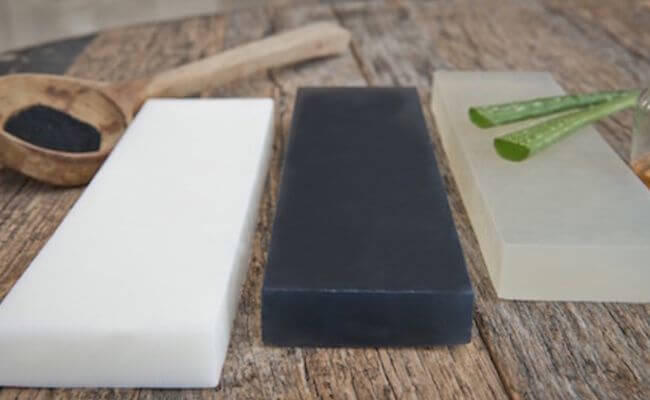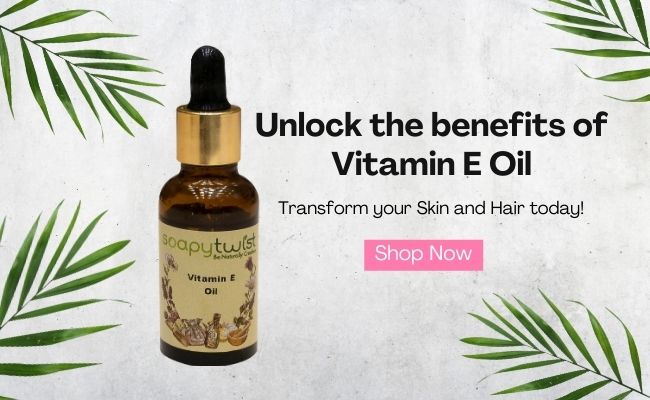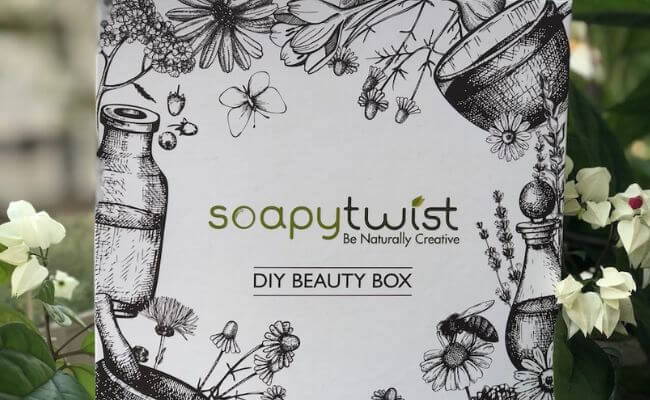Common Soap Making Terms

Soap making has its own set of terms and jargons and it is important to know what they all mean to make soap more efficiently and effectively. Knowing words such as saponification, emulsification, super fat, lye and lather can be helpful to soap makers, DIY skin care enthusiasts, and handcrafted soap artisans.
Here is a glossary of commonly used soap making terms that have been briefly explained.
Base oils
These are the primary oils used in soap making. They provide the soap's main characteristics such as cleansing, lather, and moisturizing properties.
Lye
Lye is a strong alkali that is necessary to create soap. It is the same type of chemical as sodium hydroxide, potassium hydroxide, and is an important ingredient in the saponification process.
Saponification
The chemical reaction that takes place when fat (vegetable oils or animal fats) and sodium hydroxide (alkali) are mixed. The result produces glycerin and salts of fatty acids.
Soap
A mixture of the alkali-salts of fatty acids. The alkali-salts of fatty acids act as surfactants and allow water to wash away oily dirt. The resulting alkali-salt of fatty acids has cleansing properties.
Cold Process
A soap making method that involves mixing oils and lye at a low temperature, which allows the soap to cure over a period of weeks.
Hot Process
A soap making method that involves cooking the soap mixture over heat to speed up the saponification process.
Melt & Pour Process
A soap making method using a soap base that has undergone the saponification process of combining lye, oils, and fatty acids before it reaches consumer for using to make soap. In this method you simply cut the soap base into small pieces, melt it and mold it.
Lather
Lather is the foam that is created when a soap is mixed with water and air. It helps to cleanse the skin and it can also act as a skin protectant. A good lather indicates that a nice balance of oils and lye has been achieved in the soap recipe.
Acid
Any ingredient with a pH level of less than 7 qualifies as an Acid. For example, vinegar or citrus fruits are considered an acid. Many acids are used in Skin & Hair care like Alpha Hydroxy Acid (AHA), Salicylic acid etc. However, some acids can be harmful for the skin for example battery acid which has 0 pH.
Chelating Agent
A compound that binds to dissolved metals. In soap, this is useful if you have hard water. This will keep the heavy metals from getting into the skin and allow them to wash away easily.
Emulsifier
A binding agent used to help oil and water stay mixed. A helpful ingredient in soap because the oil picks up dirt and the water washes it away.
Surfactant
A substance that works to reduce the surface tension between oils and water. Their structures contain a water-loving part and an oil-loving part. It can function as a detergent, wetting agent, emulsifier, foaming agent, or some combination of these.
Fatty Acid
The building blocks of oil and fats. Common types are palmitic acid, stearic acid, oleic acid, or linoleic acid.
Humectant
A substance that helps pull water from the air to increase moisturizing properties. In soap, glycerin is most common.
Sulfates
A powerful form of detergent made up of sulfur attached to a fatty acid, the most common being Sodium Lauryl Sulfate (SLS). They can attract both water and oil, which help lift dirt and wash it away more easily. People with sensitive skin can find this ingredient irritating, but there are milder options available.
Parabens
Parabens are a family of related chemicals that are commonly used as preservatives in cosmetic products.
Additive
All ingredients like color, fragrance, herbs, clays or exfoliants that contribute to the quality of the final product and are added after the saponification process is complete. In some cases, oils and butters can be used to create a more moisturizing bar.
Fragrance oils: Synthetic or natural oils used to add scent to soap.
Essential oils: Plant-derived oils that are used to add scent to soap, as well as potential therapeutic properties.
Super fatting: The addition of extra oils or butters to a soap recipe to make the final product more moisturizing.
Exfoliants: Scrubbing agents like coffee granules, walnut shell powder, neem & tulsi powder that offer gentle exfoliation are termed as exfoliants.
Colorants: Additives used to give soap color. Mica, liquid soap dyes, and natural colorants such as herbs or clays are common options.
Melt and pour soap base
A pre-made soap base that can be melted down and customized with fragrance, color, and additives.
Opaque
A soap base which is not see through. Opaque soap base give a very light pastel appearance when soap color is added to it.
Translucent
A soap base that is cloudy or semi-transparent, it gives a brighter hue when soap color is added to it.
Transparent
A clear, see-through soap base that is perfect for embeds, as the soap can visually be looked through easily. Soap color added to these base give the brightest hue.
Glycerin soap
A type of melt and pour soap base that contains glycerin, a moisturizing ingredient that attracts moisture to the skin.
Suspension base
A melt and pour soap base that can suspend additives, such as herbs or exfoliants, throughout the soap instead of settling to the bottom.
Bloom
A white film that forms on the surface of melt and pour soap if it becomes too dry.
Exfoliation
The process of using a scrubbing agent, such as oatmeal, to improve the removal of dead skin cells, creating smoother skin.
Melting Point
The temperature at which a soap base melts. Typically, the melting point of soap bases is 140-160ºF (60-70°C).
pH Level
Based on a scale from 0 to 14, where 7 is considered neutral, meaning a liquid is neither an acid nor a base. Water is an example. The further away from 7 (up or down), the more irritating the substance can be to skin. The natural pH of healthy skin is around 5.5, which means it is slightly acidic. Good soap ranges from 9 to 10, so it is slightly basic. The more basic a soap is, the harsher it can be to the skin.
Pour Temperature
The temperature at which pouring soap into a mold produces optimal results. Testing should be performed to determine the optimal temperature for your application.
Curing
The process of letting soap sit and harden after it has been made, allowing excess water to evaporate and the soap to become harder and longer lasting. In melt & pour soaps the curing time is 40 to 60 minutes whereas in cold process soaps the curing time can go up to two weeks.
Release agent
A substance, such as 99% Iso Propyl Alcohol commonly known as rubbing alcohol, that is used to coat soap molds before pouring in the melted soap to help prevent sticking. Furthermore, they are used to release any air bubbles that settle on the soap surface after it has been poured into molds.
Soap molds
Containers used to shape the soap as it cools and hardens, which can come in various shapes and sizes
Surface Tension
The elastic tendency of a fluid surface. For example, water droplets have a high surface tension, so they hold together tightly. In soap making, products like isopropyl alcohol and various surfactants are used to reduce surface tension to produce different results.
Sweating
A common occurrence in melt and pour soaps, sweating happens when the soap is not wrapped tightly and the glycerin in the soap is pulling moisture from the air, forming beads of water on the surface.
Sulfate Free
Sulfates are surfactants or detergents that contribute to the lather in a soap. There are two types of Sulfates, SLS (Sodium Lauryl Sulfate) and SLES (Sodium Lauryl Ether Sulfate). These ingredients can cause irritation to skin and therefore people look for Sulfate Free products. Sulfate free products are products which contain natural and milder surfactants which are free from any harm.
Natural (Eco Certified)
Eco certified Natural is a term specified by a universally acclaimed quality standard set by COSMOS. Any product that is Eco Certified Natural means that it qualifies the standards of:
- Environmentally friendly production and processing processes respecting human health
- Responsible use of natural resources as well as green chemicals.
- Absence of petrochemical ingredient (except for authorized preservatives): parabens, phenoxyethanol, perfumes and synthetic colorants.
- Respect of biodiversity
- Absence of GMO
- Recyclable packaging




Leave a comment
This site is protected by reCAPTCHA and the Google Privacy Policy and Terms of Service apply.